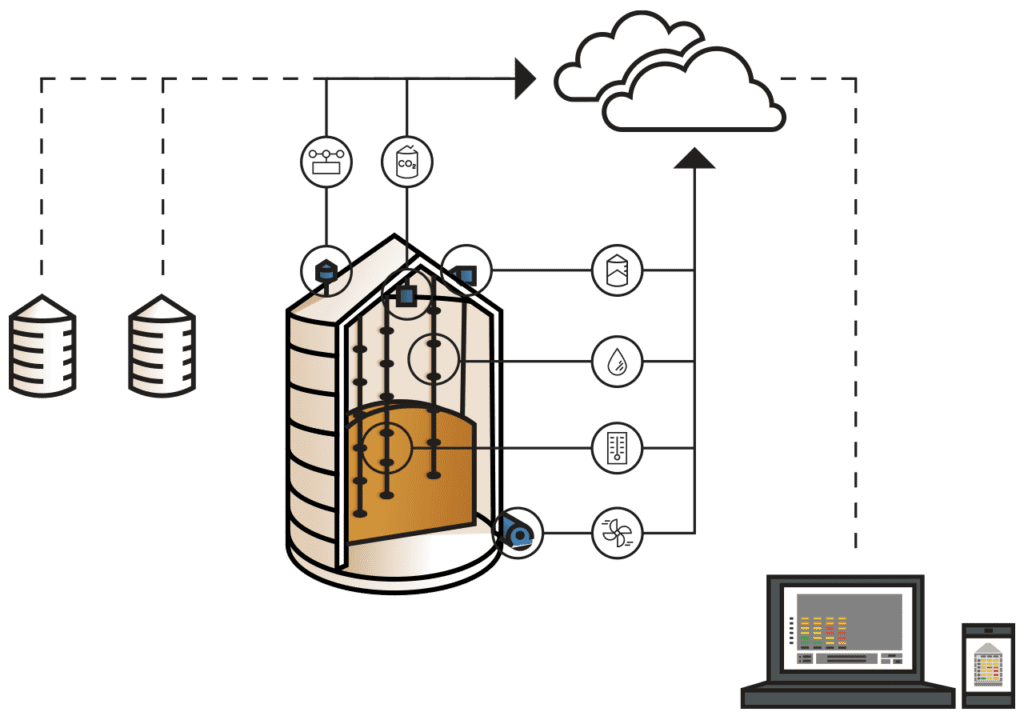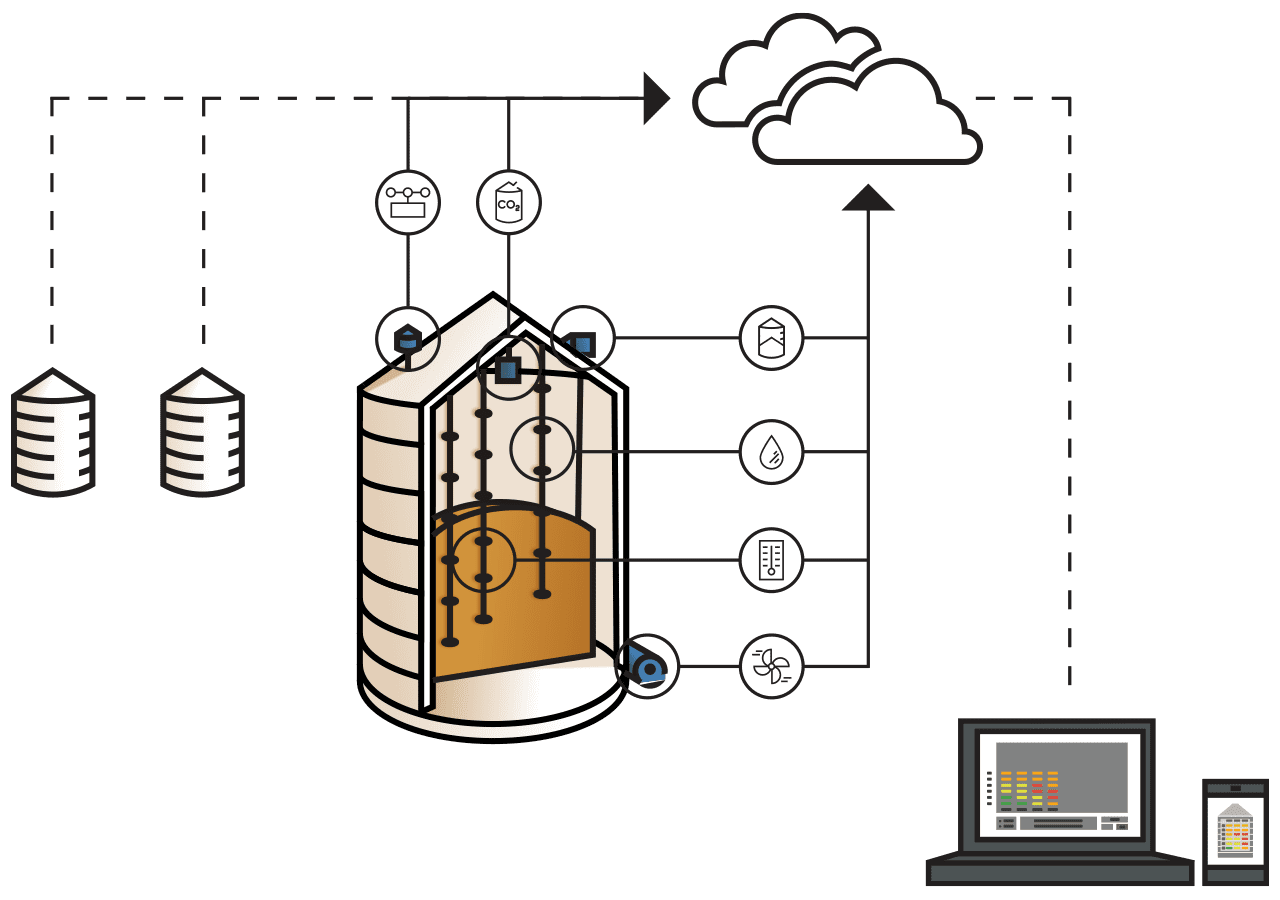It’s hard to be an American farmer right now. “Of the roughly 2 million U.S. farm households, slightly more than half report negative income from their farming operations each year,” says an August, 2018 report from the USDA’s Economic Research Service. Out of those farmers operating at a loss, “the proportion incurring farm losses is higher for households operating smaller farms,” the report says. But how bad is the problem for grain farmers? And are there ways to cut farm expenses and help farm income return to the black?
What Do the Numbers Say?
The data shows it’s becoming more expensive to farm, regardless if your operation is big or small. Another report from the U.S. Department of Agriculture, the 2018 Farm Production Expenditures Report reveals more. It shows that in 2017, expenses for American farmers came to $359.8 billion.
That’s an increase of $12.9 billion from 2016, when the total expenses came to $346.9 billion. What’s causing the extra costs? The cost of farm services, livestock, and labor are all on the rise, along with fuel.
In 2016, American farmers spent an average of $16,616 on labor. That number rose to $17,204 one year later. The average farm expenses linked to livestock and poultry went from $19,491 in 2016 to $20,635 in 2017. And farm service expenses rose from an average of $20,319 to $21,468.
Also, farmers are paying a premium for fuel. The 2018 report found that farmers in the U.S. spent a total of $12 billion on fuel. Out of that, diesel accounts for 63.3 percent or $7.6 billion, up 2.7 percent from the year before. Gasoline expenses are up 4.8 percent, to $2.2 billion, while LP gas is up 22.4 percent to $1.4 billion.
Farm Expenses Keep Rising
Some organizations like AAA warn that farmers can likely expect gasoline and diesel costs to keep rising, at least as we move through the spring season. Already, fuel costs are 22 cents per gallon more expensive than last year, according to the organization.
“2018 (saw) fluctuating crude oil prices, strong gasoline demand, and new U.S. oil production records, creating a volatile gas price market,” AAA’s Jeanette Casselano said in a statement from the organization, “Typically, (spring) brings more expensive pricing as days get longer, weather gets warmer and refineries gear up to switch over to pricier summer blends.”
Find out how you can save money on electricity, fuel, labor, insect and mold loss, shrink loss, and more by simply installing a grain temperature monitoring system in your storage bins. Let us help you save money today.
The real concern for some farmers comes from labor costs, a significant portion of farm expenses. According to the Economic Research Service report, between 2014 and 2018, the average salary for hired farmworkers climbed from $12 an hour to $13.25 an hour. That’s a 10.4 percent increase, which the report said was “the fastest experienced over a 4-year period during the past two decades.”
Those farm expenses are on the rise again, as the U.S. Department of Labor said farm labor costs climbed another six percent in the first quarter of 2019. Wage hikes come as the result of a labor shortage. Farms are in need of workers, but very few citizens are willing to work for the same rates that foreign guest workers previously did on a regular basis. Rates have to be increased in order to fill the open positions.
Ways to Cut Your Farm Expenses
Despite rising expenses, there are several ways for farmers to cut costs. Farmers need to plant grain at the right time in order to get optimal returns from their seed investment. We talked about that here, including some information about how to get the most from your plants. You can also use a soil test to cut back on fertilizer costs. The tests will show you where fertilizer is needed and where you can hold off from using it. You can do this for at least one year and save some on short-term expenses.
Aside from the grain in the field, farmers can also save money by monitoring the temperature of stored grain. By the end of last year, the USDA reported 14.8 billion bushels of corn and 4.7 billion bushels of soybeans had been harvested. That added up to the largest soybean crop and second largest corn crop in U.S. history. All of that grain had to be stored and now sits, waiting for the market to improve.
You need to plan now for a grain storage shortage in order to make sure last year’s harvest and this year’s crop don’t go to waste. Rather than planning for a one or two month storage, you should set aside space to hold a crop for up to a year. Once that grain is stored, the temperature will determine if it rots, or if it is still ready to be sold six months later. How do you monitor the temperature? We have suggestions for both portable and remote grain monitoring here.
As a grain farmer, it’s imperative to keep stored grain in top quality condition while waiting out current market conditions. Times are challenging, and it’s more important than ever to keep energy costs and other farm expenses low, and protect your grain assets. We can help you with that. Our grain storage experts are available to answer all your questions.
Call Tri-States Grain Conditioning at 800 438 8367, contact us here, or live chat with us here to ask about grain temperature monitoring and what it can do for your personal agribusiness.
Follow us on Facebook where we discuss a variety of farming topics including grain temperature monitoring and Smart Farming.



